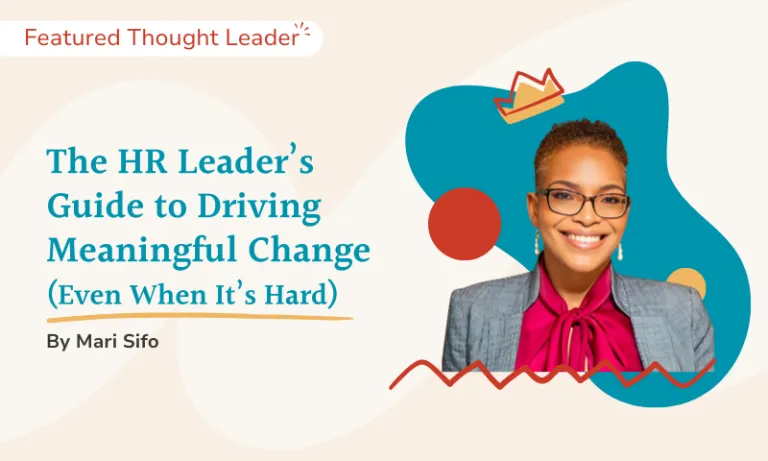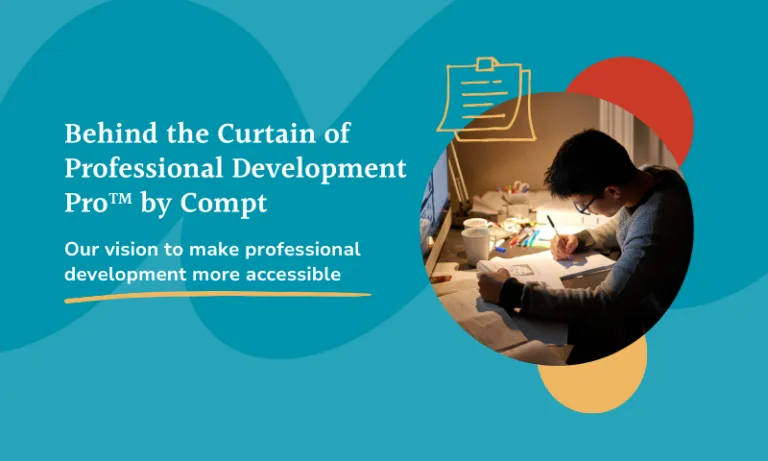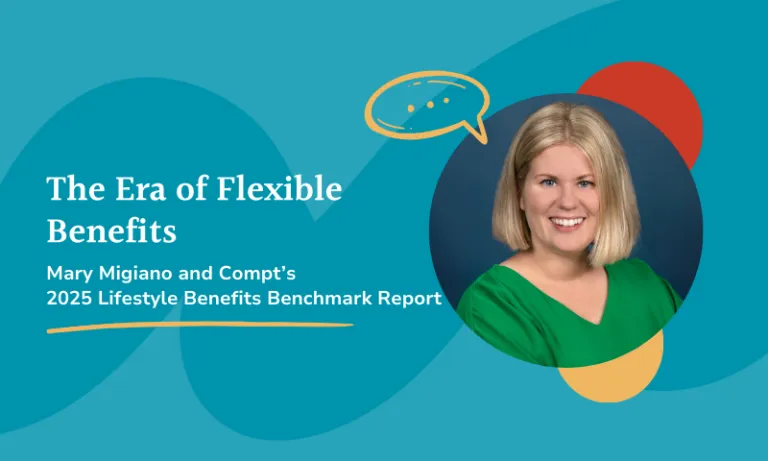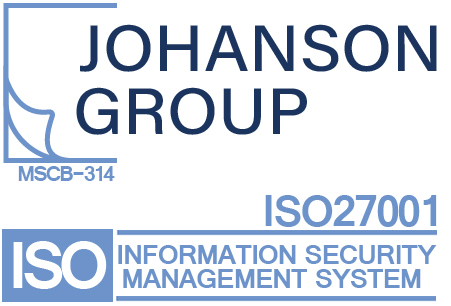Open enrollment is the time when employees can sign up for benefits, such as health care and dental/vision insurance plans, or to make changes to their existing benefits. It’s the ideal time to make sure that your employees are covered and taken care of, and that they understand the coverage they’re signing up for.
As an employer, your support through the process is important because roughly half of employees make enrollment decisions on their own. But, according to a 2022 study by the Milken Institute, only 12% of Americans have “high health literacy” (that is, the ability to understand basic health information and use it to make wise decisions).
That’s part of why nearly three-quarters want personalized help regarding which plan best suits their needs.
There are several different ways to help your employees during the open enrollment period. Some companies offer incentives — like gift cards or prizes — to incentivize their workers to sign up. Others provide information sessions where they can answer any questions they may have.From dedicating time for Q&A to helping employees personalize their benefits package, there are several ways HR can help employees take full advantage of the benefits available to them.
10 Ways HR teams Can Support Employees During Open Enrollment:

1. Hold a dedicated coffee break to answer employees’ questions
2. Bring in a healthcare agent or broker for a Q&A session
3. Personally educate team members on available benefits
4. Offer 1:1 assistance
5. Develop an effective communications plan
6. Make your information as accessible and digestible as possible
7. Help employees personalize their benefits package
8. Build a solid relationship with your benefits brokers
9. Consider rolling out new lifestyle benefits while you have everyone’s attention
10. Evaluate your benefits package and enrollment processes during the off-season

1. Set up a dedicated coffee break to entertain questions from employees
One of the hardest parts of open enrollment for employees is finding the time to get informed about offered benefits. People are slammed at work and don’t have idle time to watch webinars at fixed times or read lengthy emails. John Ross, CEO of Test Prep Insight, says,
One cool thing I’ve seen HR teams do is set up dedicated ‘coffee breaks’ in the break room, where employees can pop by and ask any questions they have during open enrollment.
During mid-morning and mid-afternoon hours, when people take breaks most frequently, an HR team member can grab a corner spot in the break room and essentially hold open office hours. Employees can pop by 5 minutes while they’re having a coffee and ask any lingering questions they might have, or just chat about their options.
For the 80% of remote-capable teams working on a remote or hybrid model, putting a virtual meeting on the company calendar with an HR team member during those times is a good alternative.
Ross explains, “It’s all about accessibility. And there’s generally nothing more accessible than an HR team member sitting in the break room next to the coffee machine ready and willing to take questions.”
2. Bring in a healthcare agent or broker for a Q&A session with employees
During the open enrollment period, Alaina Ross, Co-Founder of Sleep Family recommends bringing in a local healthcare agent or broker for a Q&A session with employees. Ross finds this is the most effective and helpful way to get employees the answers they need regarding healthcare plans.
In the past, I’ve tried to put together one-pagers and charts for employees to review, but oftentimes, this just leads to more confusion. However, by bringing in an expert, it allows employees to get direct answers on specific questions that may not be covered in the standard benefit packets that insurance companies provide.
As a result, employees feel much more confident and comfortable making a decision as to which healthcare plan best suits the needs of themselves and their family.
3) Personally educate team members on available benefits
“Personally” is the key word here. You don’t want to leave this up to automation.
Open enrollment is too essential to completely leave to technology, especially for teammates who aren’t naturally tech-savvy. Ruben Gamez, Founder & CEO of SignWell, encourages one-on-one conversations and reaches out to each team member individually to book a meeting to discuss their options.
As Gamez explains, the best way to give employees confidence in their benefit selection is to…
Walk them through their best solution while you show them how to use the platform. Leave the door open for them and check in with them afterward to help answer any follow-up questions.
Your communication should start by defining open enrollment for new employees who are unfamiliar with the terminology. From there, share any important information that they need to know, such as the dates open enrollment begins and ends, overviews of benefit packages, any major changes from the previous year, and ‘how-to’ documents that walk employees through the enrollment process.
Mark Pierce, CEO, Cloud Peak Law Group, puts it simply.
When it comes to informing employees about open enrollment, there’s no such thing as too much communication, nor can it start too early.
Send information and reminders multiple times via multiple channels (email, in-person meetings, newsletters) so employees simply can’t miss or ignore them.
4) Offer 1:1 assistance
No matter how inclusive you try to be with timing, sharing info, and offering Q&A sessions, there will always be employees who can’t make it or need additional help.
Given the U.S. healthcare system’s complexity, we can almost guarantee this will happen.
Karim Hachem, VP of eCommerce of Sunshine79, agrees. In her eyes,
When it comes to choosing a health plan, it’s good for employees to have one-on-one support so they can find the exact plan that fits all their needs.
Studies validate her take. Just over 10% of employees chose a self-service option when setting up their benefits. In other words, ~90% of your team members would like to have a dedicated person to talk to about their benefits and walk them through the various options.
When your HR team offers one-on-one meetings and assistance to help your employees choose the benefits that fit them, you are supporting your employees’ best interests and creating a healthy and happy team.

5. Develop an effective communication plan
As open enrollment looms, it’s important for HR teams to ensure their communication plans take into consideration the needs of all employees. By doing so, you can help ensure a smooth and stress-free open enrollment process.
Nir Leibovich, CEO & Co Founder of GoCo says, “When it comes to developing an effective communication plan, it’s important to consider the needs of your employees.”
This means taking into account things like who the primary stakeholders are, clarity of communication, and the best platform(s) for enrollment-related communication.
Tori Rochlen, HR Consultant and GoCoach Holistic Development Coach, finds the most success in diversifying the types of communication, explaining that everyone learns differently and has different needs.
I always hosted 2-3 live sessions where I presented the changes and left room for Q+A. These sessions were recorded to access later.
For 1:1 assistance, you can have “open benefits office hours” where folks join, ask their (non-confidential) questions, and sign off. Have a couple of office hours a week, and employees are likely to find 5 minutes in their busy schedules to attend.
Adding onto Rochlen’s suggestion, channels like SMS and internal social media groups (Slack, Teams) are good for quick questions, updates, and reminders from your HR team.
To help your team understand the full extent of their benefits packages, Wendy Makinson, HR Manager at Joloda Hydraroll suggests holding benefits fairs — in-person or virtual events where employees can interact with providers, ask questions, and understand what their benefits cover.
Benefit fairs allow employees to learn about all the different benefits offered and ask questions about them.
6. Make your information as accessible and digestible as possible
40-page PDFs with tiny fonts, jam-packed with jargon? No thanks!
In our recent podcast with John Coleman, Senior Principal Consultant at Mercer, we talked about this extensively.
Whatever you do, it has to be easy to explain to employees… You can’t talk in these HR or finance jargons with all these acronyms. You’re going to lose your audience really, really quickly.
As you’re finalizing your open enrollment information, consider how it’s presented. Is the format easy to read? Can employees easily find the information they need? Are you using plain language to explain complex benefits? There are countless ways to present information in ways that can be more digestible to your employees, such as:
- Microlearning modules
- Gamification
- Infographics
- Videos
- FAQs
And, to improve accessibility across your organization, use an online portal on your company’s intranet with recorded training, posters, one-pagers, and resource links.
Rochlen calls this the “OE Hub,” and it’s a way for employees to access updates in one place. It’ll help those who are a little more self-sufficient and serves as a place to send folks after you speak with them directly.
Tip: For the recorded sessions, if you have the means to break out the presentation by topic (medical, dental, vision, life + disability, etc.) employees can go straight to that segment, rather than watching the entire recording to find what they are interested in.
7. Help employees personalize their benefits package
Open enrollment is the perfect time for employees to make adjustments to their benefits package depending on their needs. Maybe they’re interested in one benefit over another. Or, maybe, they don’t even know what they need to change at all.
This is where HR can be a huge support. They have to understand employees’ personal needs, help them see what their total comp looks like, and work with them to decide what to prioritize and what to let go.
Alex Mastin, CEO & Founder of Home Grounds, tells us that “helping employees through the process of eliminating any unnecessary benefits can help them personalize their benefits package to their own preferences, which can keep them at the company longer because they don’t want to give up their specialized benefits package.”
He’s right. People have different demands when it comes to health and lifestyle.
Acknowledging one size, in fact, does not fit all is the most progressive way for HR to make sure each employee is taken care of and satisfied with their work experience.
(Pssst: If you’re looking for ways to include a more diverse suite of benefits, Compt’s lifestyle platform can help you do just that. Get in touch with us to learn more.)
8. Build a solid relationship with your benefits brokers
Brokers keep HR teams informed of emerging benefits trends, helping them stay ahead of employee demands and market expectations during open enrollment.
But the relationship between HR and brokers has evolved from a once-a-year interaction to a continuous partnership where brokers offer strategic guidance, provide insights into trends, and help HR and employees navigate complex benefit decisions.
According to Mercer’s John Coleman, open enrollment is something you have to lay the groundwork for to be prepared. You can’t expect to just meet with brokers once a year and be successful.
Fifteen years ago… we’d meet in the summer, figure out contributions, slap some materials together for open enrollment, and off we go. But… virtually all organizations really need a strategic partner.
9. Consider rolling out new lifestyle benefits while you have everyone’s attention
Employers are moving away from viewing benefits in silos (e.g., medical, dental, vision) and instead adopting a holistic strategy to manage costs and meet employee needs, which is essential during open enrollment.
They’re also increasingly moving away from point solutions and one-size-fits-all benefits approaches toward more personalized offerings, like lifestyle spending accounts (LSAs), to meet diverse employee needs, especially in the face of rising healthcare costs.
As Kyle Basett, COO of Altitude Control puts it, “One of the best ways to reduce rising healthcare costs is to encourage other less-pricey perks or lifestyle benefits that help employees save their hard-earned money.”
If you’re like thousands of companies out there and this is something on your 2024-25 to-do list, open enrollment season is your golden ticket.
These kinds of benefits pair perfectly with healthcare benefits — for example, a gym membership, nutrition coaching, or mental health support all promote a healthy lifestyle.
10. Use the off-season to evaluate your benefits package and enrollment processes.
Employers should approach open enrollment as a partnership with employees. So, they need to continuously assess whether their solutions are providing long-term value and whether dollars could be better spent elsewhere, especially before and during open enrollment when budgets are being scrutinized.
In our podcast with Mercer’s John Coleman, he told us:
It really comes down to what makes sense for your organization. I would say really focus on where the dollars are. And then also, you have to measure whether these things are working long-term.
The best time to get feedback on open enrollment processes and options is while it’s fresh in employees’ minds. So, right after it closes is the perfect opportunity to launch a survey and privately ask questions like:
- Did you understand the information?
- Was it easy to make your benefits decisions?
- What other benefits would you like to see offered?
Beyond that, HR should also be thinking about how to maximize the ROI of each benefit they’re offering (and whether they could be offering other, more valuable benefits instead).
The first thing Coleman would do is look at a utilization report.
The first thing, and what I would say is the most important thing, is to look at your own data. If you happen to have a utilization report, that tells you what is really driving your overall healthcare costs.
Later on in the year, you can run an employee benefits survey to get a better sense of how employees feel about the benefits they have, what additional offerings could be valuable for next year’s enrollment, and where you can consolidate.
Learn how to offer personalized perks that your employees truly want.
Curious to know what kinds of benefits employees want most outside of typical healthcare benefits? Discover the most popular lifestyle benefits in the 2024 Lifestyle Benefits Benchmarking Report.

Originally published in 2022, this post has been updated with new statistics and for clarity.






